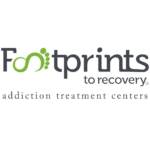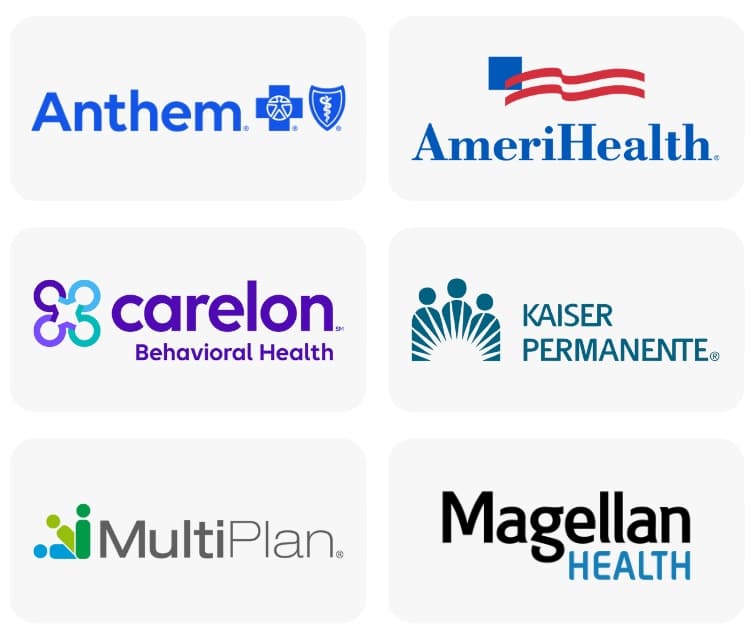Hydrocodone and oxycodone have many similarities. They’re both in the same drug class and designated as schedule II drugs with high potential for abuse and addiction by the U.S. Drug Enforcement Administration (DEA). Oxycodone and hydrocodone are both prescription opioids used to treat moderate to severe pain. They’re also both drugs of abuse that have played a large role in the opioid epidemic. Though their similarities outweigh their differences, there are a few distinguishing characteristics between hydrocodone vs. oxycodone.
What Is Oxycodone?
Oxycodone is a narcotic analgesic, which is a pain medication containing opioids. It goes by these brand names:
- OxyContin
- Percodan (contains aspirin)
- Percocet (contains acetaminophen)
- Roxicet (contains acetaminophen)
- Tylox (contains acetaminophen)
- Oxycodone hydrochloride extended-release tablets (generic version of OxyContin)
Oxycodone is a semi-synthetic opioid derived from the poppy plant. It is combined with thebaine to produce chemical reactions that give it pain-relieving properties. Doctors prescribe this opioid drug for severe pain from cancer, surgery, injuries, and dental procedures. Due to oxycodone’s high potential for abuse and addiction, there is an effort in the medical community to only prescribe OxyContin when non-opioids are not effective.
What Is Hydrocodone?
You may know hydrocodone by its brand name. These include Vicodin, Lortab, Norco, and Lorcet. Most of the hydrocodone’s forms also contain acetaminophen. Doctors may prescribe hydrocodone to relieve pain in terminally ill patients and those who have had surgery or dental procedures.
Hydrocodone is a semi-synthetic opioid. It’s created in labs but synthesized from the poppy plant. Like oxycodone, many doctors are prescribing hydrocodone less since the opioid epidemic shined a spotlight on prescription painkillers.
What Is the Difference Between Oxycodone and Hydrocodone?
There are more similarities than differences between oxycodone and hydrocodone. They’re both powerful opioids used to treat pain with a high potential for abuse. However, there are a handful of differences between oxycodone and hydrocodone, which include:
Drug Sources
Hydrocodone and oxycodone are both synthetic opioids synthesized in labs. However, oxycodone is derived from thebaine while hydrocodone is derived from codeine.
Drug Structure
The chemical structure of oxycodone and hydrocodone are the same except that oxycodone has one more oxygen atom than hydrocodone. A small difference, but a difference nonetheless.
Drug Forms
Oxycodone is prescribed in 10, 20, 40, and 80 mg extended-release forms. It’s also dispensed in 5 mg immediate-release capsules. Oxycodone comes in the oval form in several different colors and can also be injected in a liquid form.
Hydrocodone comes in 2.5, 5, 7.5, and 10 mg tablets that are usually white, yellow, or orange. It also comes in liquid form and transdermal patches.
Drug Uses
Both oxycodone and hydrocodone are prescribed to treat severe pain, however, because hydrocodone comes from codeine, it can be used as a cough suppressant.
Drug “High”
People who abuse opioids say that there is a difference in the type of high between oxycodone and hydrocodone. One anonymous survey of over 3,000 people with opioid use disorders found that 75% of opioid abusers used oxycodone or hydrocodone. Of those, 54% said they preferred oxycodone to hydrocodone because oxycodone highs were stronger than hydrocodone highs. They believed that the acetaminophen in hydrocodone was a deterrent to taking more of the drug in order to enhance the high.
Drug Side Effects
There is a lot of overlap in hydrocodone and oxycodone side effects. Some studies show that the effects of hydrocodone may cause more stomach pain and gastrointestinal issues like constipation. Common side effects of oxycodone that aren’t as pronounced in hydrocodone use include drowsiness, dizziness, and headaches.
Hydrocodone Vs. Oxycodone Addiction Treatment
There isn’t much difference between treating hydrocodone and oxycodone abuse. They’re both opioids, and opioid addictions require medical detox and a structured treatment program for long-term recovery.
Common components of opioid abuse treatment include:
- Medical detox
- Medication-assisted treatment (MAT)
- Inpatient drug rehab
- Outpatient drug rehab
- Continuing care services
Medical Detox
When you quit opioids after abusing them for a period of time, your central nervous system needs to rebalance itself without the drugs. This can cause severe withdrawal symptoms. Detox in a treatment center ensures that you’re safe and as comfortable as possible while you eliminate opioids from your body. You’ll have medications to ease withdrawal symptoms and a medical team monitors your vitals and comfort level around the clock.
Medication-Assisted Treatment (MAT)
Doctors prescribe medication-assisted treatment for some people recovering from opioid abuse. These FDA-approved medications attach to brain receptors in the same way as opioids. They can ease strong cravings and withdrawal symptoms without getting you high. This allows you to focus on addiction treatment without discomfort or intense urges to use drugs.
Inpatient Drug Rehab
Residential treatment is ideal for opioid addiction recovery because it provides space away from triggers and substances. Inpatient drug rehab allows you to focus on yourself and gain the relapse prevention skills you need to maintain sobriety in everyday life.
Outpatient Drug Rehab
After inpatient treatment, you may move through lower levels of care. Outpatient drug rehabs offer opioid addiction treatment programs such as partial hospitalization programs (PHPs), intensive outpatient program (IOP), and outpatient treatment. These programs provide a smooth transition from inpatient treatment into daily life while still receiving support and therapy.
Continuing Care
After you leave structured treatment, you’ll need an aftercare plan that supports sobriety as you transition back into everyday life. Examples of continuing care often include:
- Individual therapy
- Group therapy
- Couples or family therapy
- 12-step groups
- Alumni meetings
- Access to local recovery resources
Looking for Help with Opioid Addiction?
If you or a loved one is struggling with substance abuse, call us for a free, confidential consultation. We’ve seen thousands of patients take back their lives from addiction. It’s possible, and we can help.
Footprints to Recovery offers medically supervised drug and alcohol detox as well as inpatient and outpatient addiction treatment. We’ll help you understand the reasons behind your drug abuse, so you can begin addressing them. You’ll engage in research-based therapies that help you heal physically, mentally, and spiritually, and you’ll gain the healthy coping skills needed for long-term recovery.
References
- Scheduling Actions – Alphabetical Order – DEA Diversion
- Oxycodone: MedlinePlus Drug Information
- Oxycodone | C18H21NO4 | CID 5284603 – PubChem
- Factors influencing the selection of hydrocodone and oxycodone as primary opioids in substance abusers seeking treatment in the United States – PubMed
- Comparison of oxycodone and hydrocodone for the treatment of acute pain associated with fractures: a double-blind, randomized, controlled trial – PubMed



